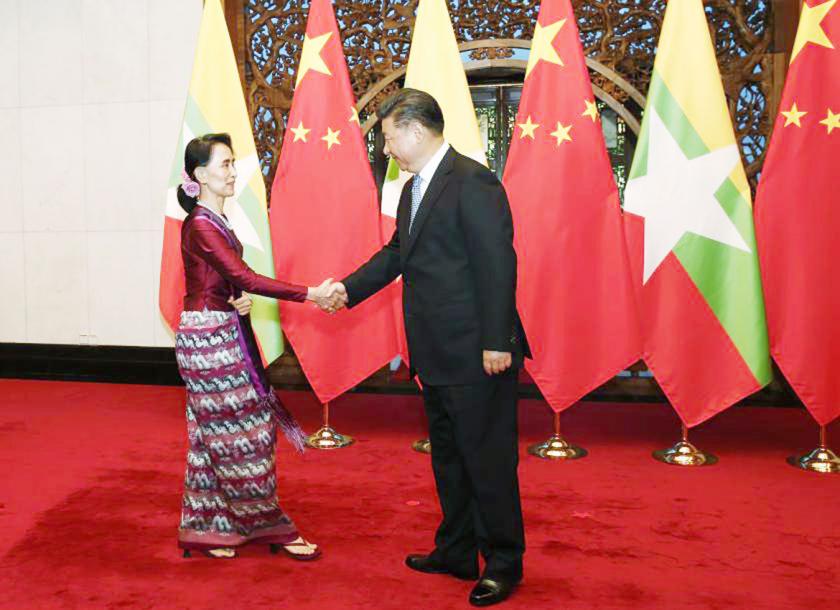Myanmar: Ministries to select projects for Belt and Road economic corridors
Preparations are being made for Myanmar to select its priorities among planned projects along the China-Myanmar economic corridors supported by the Beijing-led Belt and Road Initiative, U Than Aung Kyaw, deputy director-general of the Directorate of Investment and Company Administration (DICA) told The Myanmar Times.
Traders from China will be arriving shortly to carry out mutual negotiations. To prepare for the implementation of the economic corridors, discussions were held among related ministries to select the projects and prioritise some for development.
“We’ve asked the respective ministries to tell us which projects they would like to cooperate along the corridor. We will focus on the negotiations of the projects first. The negotiation is about which projects our ministries will choose if the budget will only be given to one project when we negotiate with China,” U Than Aung Kyaw remarked.
The projects will include basic infrastructure and land and maritime infrastructure, as well as projects to develop sectors including agriculture, transport, manufacturing and healthcare.
The project proposal will include the sectors involved and whether it is government-led or private sector-led, he added. Sectors include agriculture, human resources development, telecommunications and construction. The ministries will come up with a list of projects to talk with their counterparts in China.
“We are making preparations to make presentations of what we want to implement. It will happen in the near future. Their side will prepare as well. We will then need to negotiate,” he said.
The country is connected to two of the six economic corridors under the Belt and Road Initiative (BRI), according to PwC Growth Markets Centre. This underlines its geopolitical advantage in facilitating the connectivity between China and South Asia as well as in fostering integration within the ASEAN bloc.
PwC’s report last year illustrated how Myanmar is involved in two out of six economic corridors in Beijing’s grand scheme: the “amphibious” Bangladesh-China-India-Myanmar corridor, and maritime China-IndoChina Peninsula corridor.
Southeast Asia, along with South and Central Asia, are hotspots for China’s infrastructure investments. All three regions are linked by the six BRI economic corridors. Four corridors are land routes, including the New Eurasian Land Bridge, the new China-Mongolia-Russia, China-Central Asia-West Asia, and China-Pakistan corridors.
In contrast, the Bangladesh-China-India-Myanmar corridor is a hybrid, or “amphibious” route, and the China-IndoChina Peninsula corridor is an ocean route. Myanmar is involved in these two, which together make up the “21st-Century Maritime Silk Road”. Each of the economic corridors complements each other and covers energy and transport infrastructure, including railways, highways, power stations, ports and airports. Through these channels, the BRI aims to boost productivity, trade and investment.
The fact that Myanmar is included in the two economic corridors underscores its importance in both bridging China and South Asia as well as in stepping up ASEAN’s integration.
Source: https://www.mmtimes.com/news/ministries-select-projects-belt-and-road-economic-corridors.html


 Thailand
Thailand




